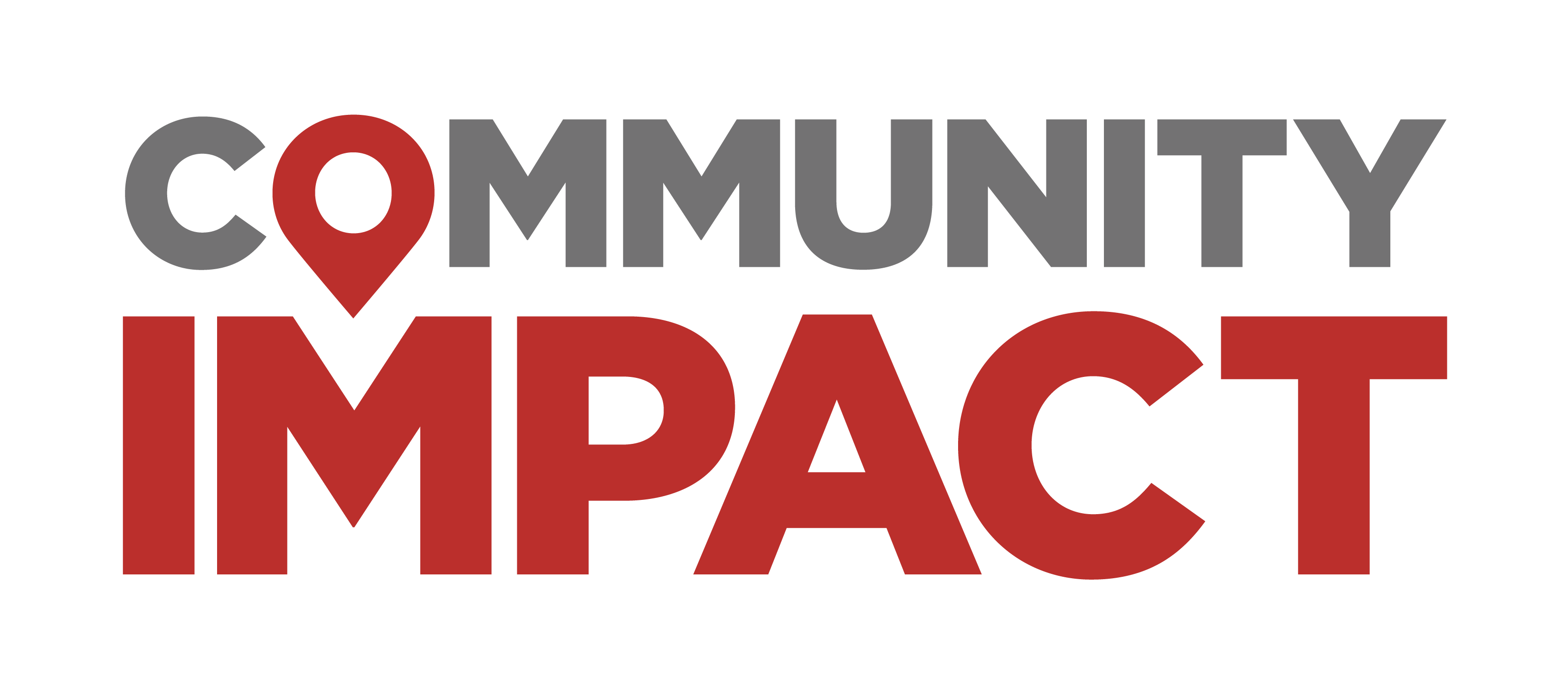 Source: Austin Police Department/Community Impact Newspaper[/caption]
On the heels of Austin City Council voting Oct. 1 to incorporate Vision Zero goals to achieve zero traffic fatalities into its comprehensive plan, that topic was a focal point during a national transportation conference held in Austin on Oct. 28-31.
More than 650 participants from cities throughout the U.S. met for the annual National Association of City Transportation Officials Designing Cities Conference.
Each year about 1.25 million traffic fatalities occur worldwide, according to data from the World Health Organization. Working to reduce traffic fatalities is a growing issue for cities such as New York City, said NACTO chair Janette Sadik-Khan, who formerly served as commissioner of the New York City Department of Transportation from 2007-13.
“People had accepted it: pollution, crashes, congestion,” she said. “It seemed to me like our streets were designed by the engineer from [the video game] Frogger, and the thrill was whether or not you could cross the street.”
Later in 2015, NACTO will release its Global Street Design Guide that prioritizes safety, pedestrians, transit and sustainable mobility. Sadik-Khan said it will show cities how to design streets that bring all users together and provide tools to do so.
“When you make your streets safer for walking, biking and transit you are not just changing the street, you’re actually changing the world,” Sadik-Khan said.
As of Oct. 29, Austin has had 82 traffic fatalities, surpassing the record of most traffic deaths in a single year of 81 set in 1986. City Council’s vote adds a goal of achieving one year without a single traffic fatality into the city’s comprehensive plan, Imagine Austin.
One issue the city of Austin is trying to address is that alcohol was a factor in half of the accidents where someone died, including any pedestrians, said Rob Spillar, director of the Austin Transportation Department. High speed is another factor of traffic fatalities, he said.
“I don’t think just changing speed limits will change behavior,” Spillar said. “We have to fundamentally change the design of the network. We have to change conversation to bring in this notion of personal responsibility. If we have a drinking culture then we have to behave appropriately.”
Transportation officials said achieving Vision Zero's goal will take education and partnerships in the community, including with the police, health departments and schools. It will also take changing the public’s mindset about traffic fatalities, said Ed Reiskin, NACTO president and director of transportation for the San Francisco Municipal Transportation Agency.
“The mind shift is people saying, ‘We’re no longer going to accept that people have to die just trying to get around the city, get to work, to school,’” he said. “It starts with a psychological paradigm shift. Then [you address] the mechanics of it, redesigning the streets to make them safer.”
More than 10 U.S. cities have adopted a Vision Zero, including Los Angeles, which in August adopted a goal of reaching zero traffic fatalities in 10 years, said Seleta Reynolds, general manager of the Los Angeles Department of Transportation.
“Vision Zero is about elevating the most vulnerable users and making it clear that they are highest consideration in design,” she said.
Source: Austin Police Department/Community Impact Newspaper[/caption]
On the heels of Austin City Council voting Oct. 1 to incorporate Vision Zero goals to achieve zero traffic fatalities into its comprehensive plan, that topic was a focal point during a national transportation conference held in Austin on Oct. 28-31.
More than 650 participants from cities throughout the U.S. met for the annual National Association of City Transportation Officials Designing Cities Conference.
Each year about 1.25 million traffic fatalities occur worldwide, according to data from the World Health Organization. Working to reduce traffic fatalities is a growing issue for cities such as New York City, said NACTO chair Janette Sadik-Khan, who formerly served as commissioner of the New York City Department of Transportation from 2007-13.
“People had accepted it: pollution, crashes, congestion,” she said. “It seemed to me like our streets were designed by the engineer from [the video game] Frogger, and the thrill was whether or not you could cross the street.”
Later in 2015, NACTO will release its Global Street Design Guide that prioritizes safety, pedestrians, transit and sustainable mobility. Sadik-Khan said it will show cities how to design streets that bring all users together and provide tools to do so.
“When you make your streets safer for walking, biking and transit you are not just changing the street, you’re actually changing the world,” Sadik-Khan said.
As of Oct. 29, Austin has had 82 traffic fatalities, surpassing the record of most traffic deaths in a single year of 81 set in 1986. City Council’s vote adds a goal of achieving one year without a single traffic fatality into the city’s comprehensive plan, Imagine Austin.
One issue the city of Austin is trying to address is that alcohol was a factor in half of the accidents where someone died, including any pedestrians, said Rob Spillar, director of the Austin Transportation Department. High speed is another factor of traffic fatalities, he said.
“I don’t think just changing speed limits will change behavior,” Spillar said. “We have to fundamentally change the design of the network. We have to change conversation to bring in this notion of personal responsibility. If we have a drinking culture then we have to behave appropriately.”
Transportation officials said achieving Vision Zero's goal will take education and partnerships in the community, including with the police, health departments and schools. It will also take changing the public’s mindset about traffic fatalities, said Ed Reiskin, NACTO president and director of transportation for the San Francisco Municipal Transportation Agency.
“The mind shift is people saying, ‘We’re no longer going to accept that people have to die just trying to get around the city, get to work, to school,’” he said. “It starts with a psychological paradigm shift. Then [you address] the mechanics of it, redesigning the streets to make them safer.”
More than 10 U.S. cities have adopted a Vision Zero, including Los Angeles, which in August adopted a goal of reaching zero traffic fatalities in 10 years, said Seleta Reynolds, general manager of the Los Angeles Department of Transportation.
“Vision Zero is about elevating the most vulnerable users and making it clear that they are highest consideration in design,” she said.
Select your community
Support Us
News
- Austin Metro
-
Houston Metro
- Houston Metro Home
- Bay Area
- Bellaire | Meyerland | West University
- Conroe | Montgomery
- Cy-Fair | Jersey Village
- Cypress
- Heights | River Oaks | Montrose
- Katy | Fulshear
- Lake Houston | Humble | Kingwood
- New Caney | Porter
- Pearland | Friendswood | Manvel
- Spring | Klein
- Sugar Land | Missouri City
- The Woodlands
- Tomball | Magnolia
- Dallas | Fort Worth Metro
- San Antonio Metro





